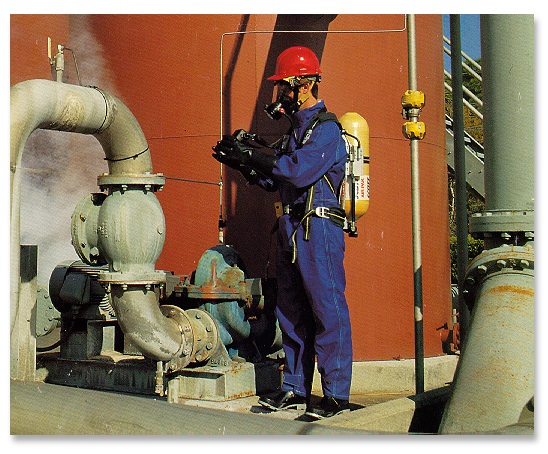Food processing plants can do everything within their power to prevent an ammonia leak, from conducting proper maintenance and inspections to having the appropriate safety systems in place such as alarms, shut-offs, and overrides. Yet accidental leaks and spills can occur, so it’s important to be prepared with an emergency response plan.
Emergency response plans are not only required by regulatory agencies, but serve to protect the plant and its employees. Yet the plan is only effective if every employee is included in the plan, understands his/her role and is able to properly implement the plan when needed. For example, each department should have a preferred means of reporting – who is authorized to pull the alarm, who can shut down the production lines, who will pull the ammonia shut-off switch? These lines of authority are crucial to implementing the plan in an emergency.
Based on OSHA requirements, there are two different types of plans a plant can have:
1. Emergency Action Plan – This is the most basic emergency response plan as required by OSHA, and the one that most plants choose. An emergency action plan simply states that the plant will rely on outside agencies following a release. Employees will evacuate the facility and wait for a HAZMAT team to arrive.
According to OSHA standards, the plan must include:
- A means of reporting the emergency
- Designated evacuation routes
- Procedures in place for employees who remain behind to operate critical plant operations
- Assigned rescue and medical duties
- Overall lines of authority
2. Emergency Response Plan – This is a more advanced plan that asserts that designated plant personnel will serve as first responders. Those first responders will be required to undergo extensive HAZMAT training and invest in mandatory HAZMAT equipment. Many plants shy away from this approach, as they must ensure that the appropriate number of HAZMAT-trained personnel are available on each shift. Plants that are located in remote areas where response time from emergency crews may take too long often choose this approach.
The biggest obstacle most plants encounter in responding to any emergency is the lack of coordination with the Local Emergency Planning Committee (LEPC). Plants should identify the regional coordinator, schedule a meeting, invite them for a tour, and coordinate drills with all emergency responders.
If you’d like to learn more about our recommendations for what plants should include in an emergency response plan, call us at 800-488-2900.



